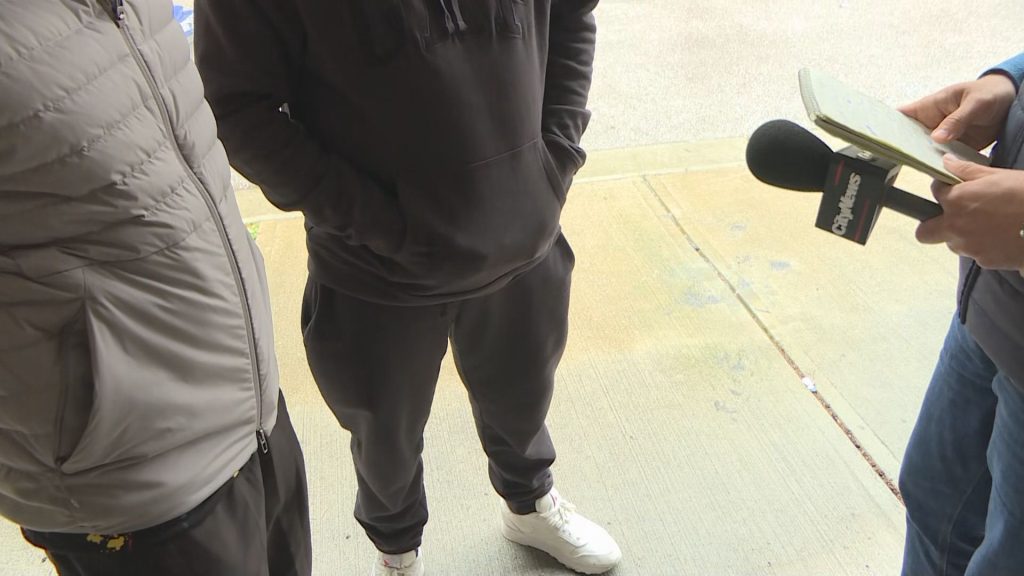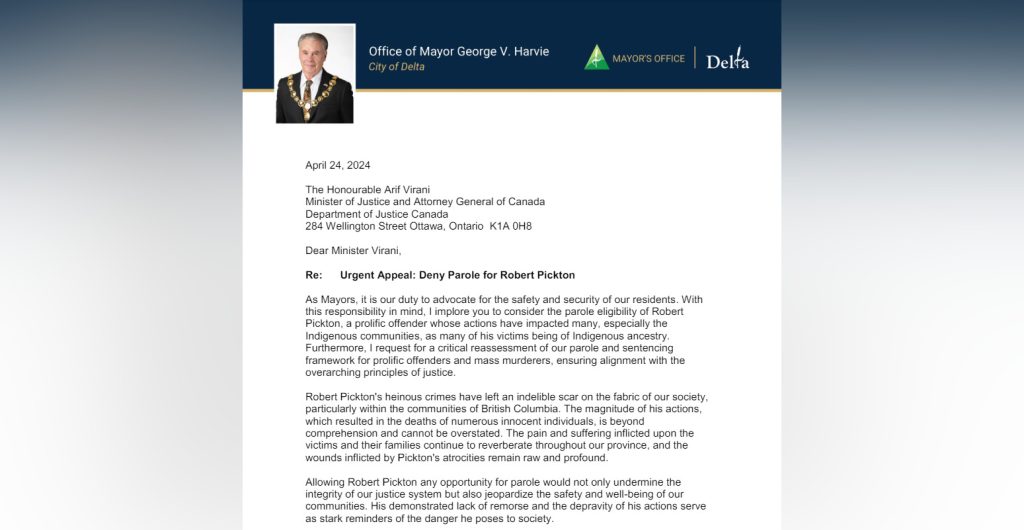Fed cheques will no longer be in the mail as government moves to direct deposit
Posted April 11, 2012 4:27 pm.
This article is more than 5 years old.
OTTAWA – The federal government won’t be able to use that time-honoured stalling tactic — the cheque is in the mail — much longer.
It’s phasing out the use of government cheques to deliver payments to Canadians over the next four years.
It will rely instead on direct deposit, saving some $17.4 million a year and reducing paper consumption and greenhouse-gas emissions while it’s at it.
The government estimates that it costs about 82 cents to issue a cheque, whereas a direct-deposit payment costs only 13 cents.
The federal receiver general issues about 300 million payments each year, almost 77 per cent of which are already made by direct deposit.
The government is aiming to stop issuing cheques altogether by April 2016 — except for Canadians in remote locations with no access to a nearby financial institution or other similar “exceptional circumstances.”
“The government of Canada is committed to using taxpayer dollars wisely,” Public Works Minister Rona Ambrose said in a news release Wednesday.
“Increasing the use of direct deposit will contribute significant savings through the reduction in the use of paper and related cheque-printing and delivery costs.”
Citizens and businesses currently receiving federal government cheques have the next four years to register to receive payments by direct deposit.
Information on enrolling for direct deposit payments can be found at http://www.tpsgc-pwgsc.gc.ca/recgen/txt/index-eng.html.










